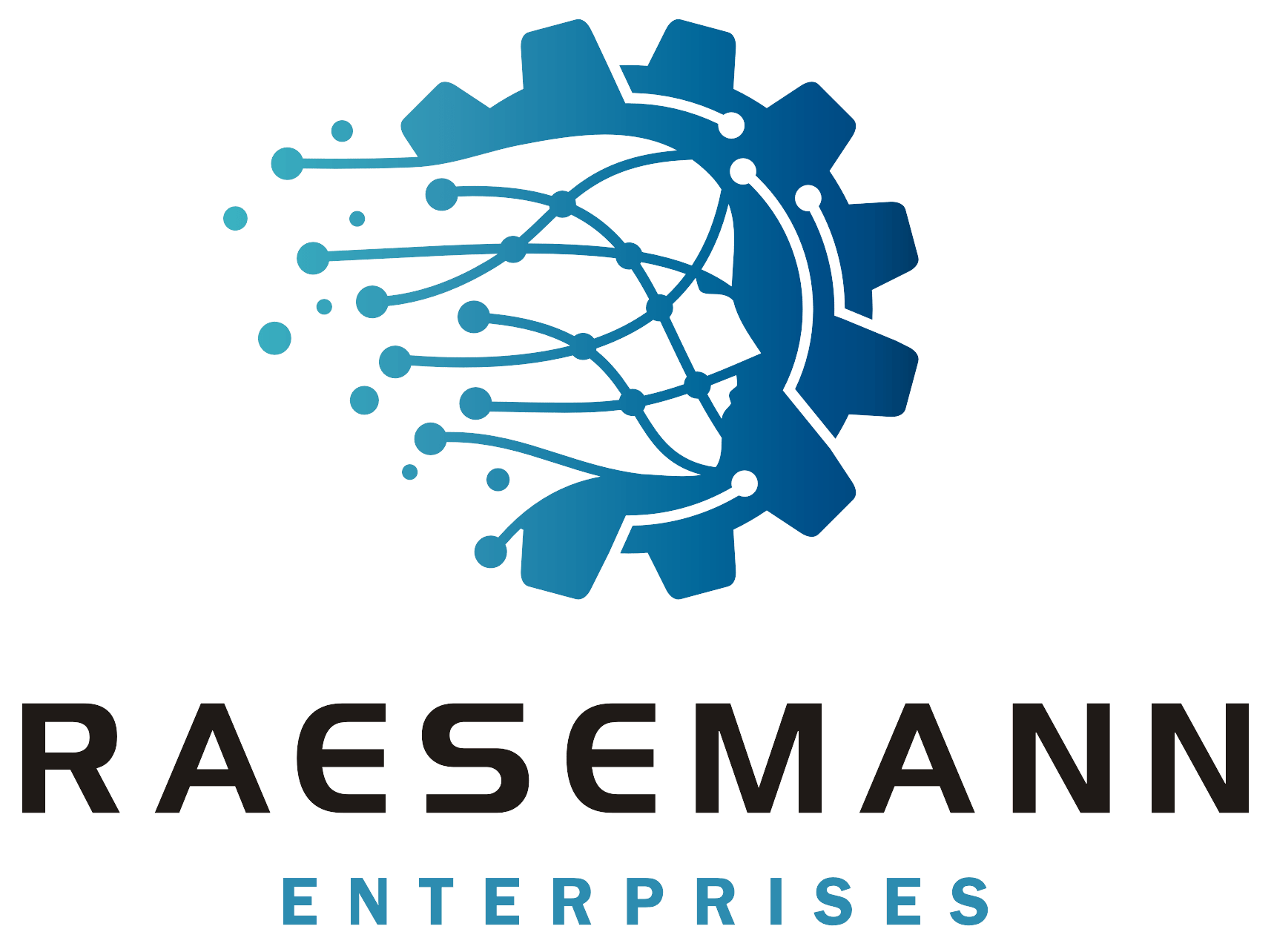Installing PI Server 2012 RC0 on Windows 2008 R2 Core
It’s always a good day when you check the tech support page at http://techsupport.osisoft.com and see something new that you are interested in.
I downloaded the PI Server 2012 Release Candidate yesterday and decided to setup a test VM so that I could play with it. I’m working on a new blog post about my vCampus development environment where I describe how I’ve chosen to set it up in more detail. For now, just know that I am running everything on a Windows 2008 R2 Server with Hyper-V enabled. I am moving all of my VM’s to Windows Server Core because it has a smaller footprint allowing me to run more VM’s on my host with better performance. It also has the added benefit of needing fewer Windows Updates making the entire environment easier to maintain. As an added bonus, I am getting a lot of experience with server core and PowerShell scripting.
It turns out to be relatively trivial to install PI Server on Windows Server Core. First you need to enable the .NET features on the server. It is possible that you don’t need all three of these but it only takes a few minutes to do it and this is just a development environment. For a production system, I would probably confirm that they are all needed and leave out any that are not absolutely necessary. Here are the command lines to install these features.
dism /online /enable-feature /featurename:NetFx2-ServerCore-WOW64
dism /online /enable-feature /featurename:NetFx3-ServerCore
dism /online /enable-feature /featurename:NetFx3-ServerCore-WOW64
Once these features are installed on the server, you need to run the OSIsoft Prerequisites installer for your platform. You can then run the PI Server setup and follow the directions. The GUI installer works exactly like a regular installation.
I found that you can even run the SMT gui from the server as you can see below.

I’m going to try to set aside some time to try some of the new features of the server. I am especially interested in how much easier it is going to make backfilling old data into the server.

